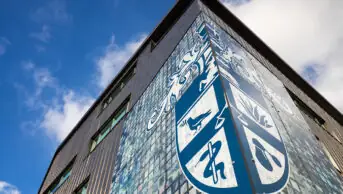
Shutterstock.com
Growth in the development of rare disease medicines has helped boost the number of new drugs approved in both the United States and the European Union, news agency Reuters has reported.
The agency said that approvals in the US saw a 21-year high of 46 new medicines being approved by the US Food and Drug Administration (FDA) in 2017, more than double the number approved the previous year. In the EU 92 new drugs were approved, up from 81 the year before.
Gino Martini, professor of pharmaceutical innovation at King’s College London and chief pharmaceutical scientist at the Royal Pharmaceutical Society, said the approval rates reflected the increase in medicines developed for rare diseases and changes in regulation.
“There has been a definite shift in the environment reflecting regulatory change, and higher-level medical needs of patients, in these approvals,” he said.
Jayne Lawrence, head of the division of pharmacy and optometry at the University of Manchester, agreed that drugs were increasingly being developed with a smaller number of patients in mind.
“What happens increasingly now is that you get medicines being developed that will treat a smaller number of patients better,” she said.
“They are not necessarily easier to develop but are for rarer diseases or certain symptoms, rather than ‘blockbuster’ drugs aimed at treating all patients the same.”
Lawrence cautioned that an unusually low number of drugs were approved in 2016, which may make the 2017 figures seem excessively high in comparison.


